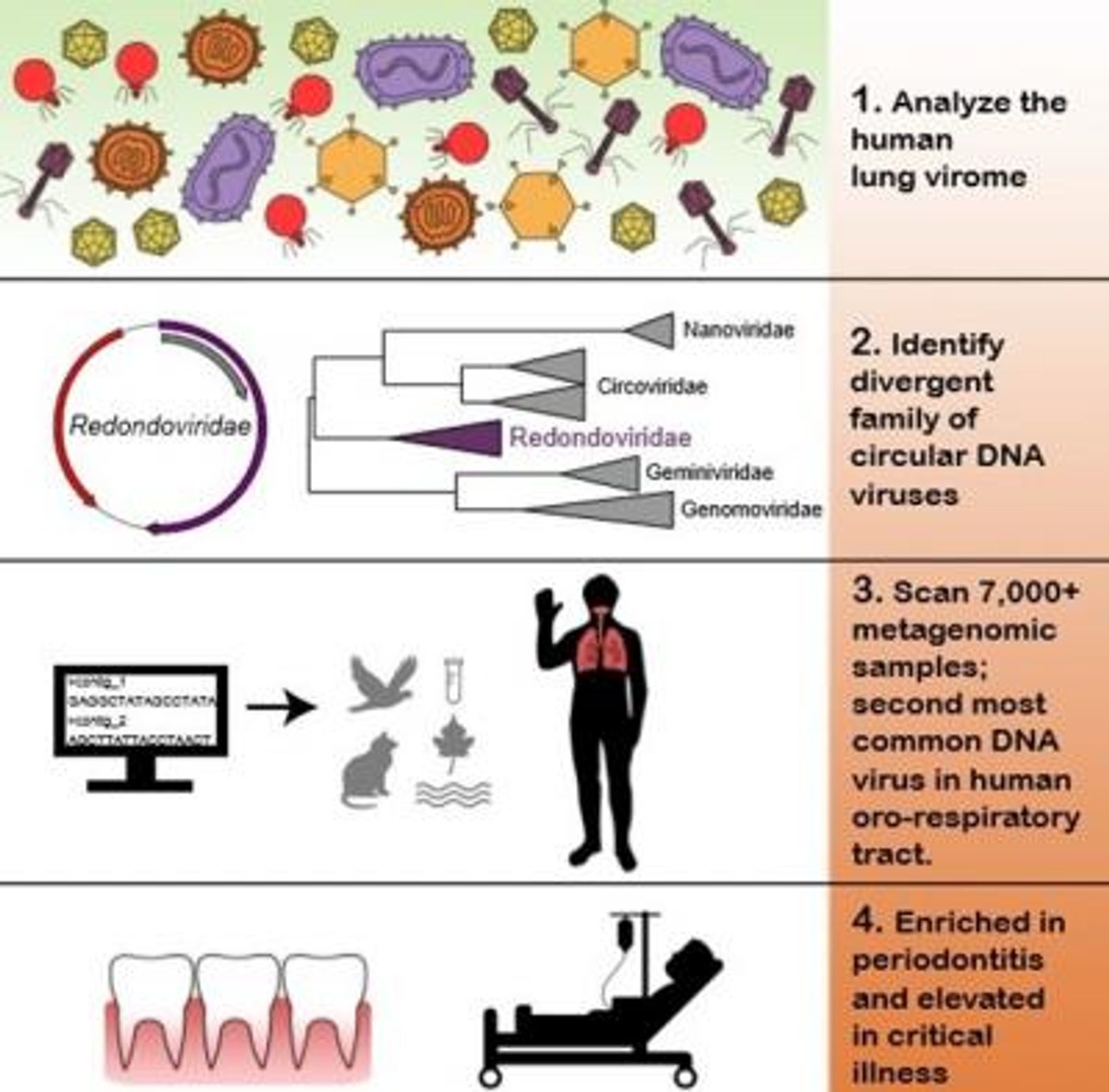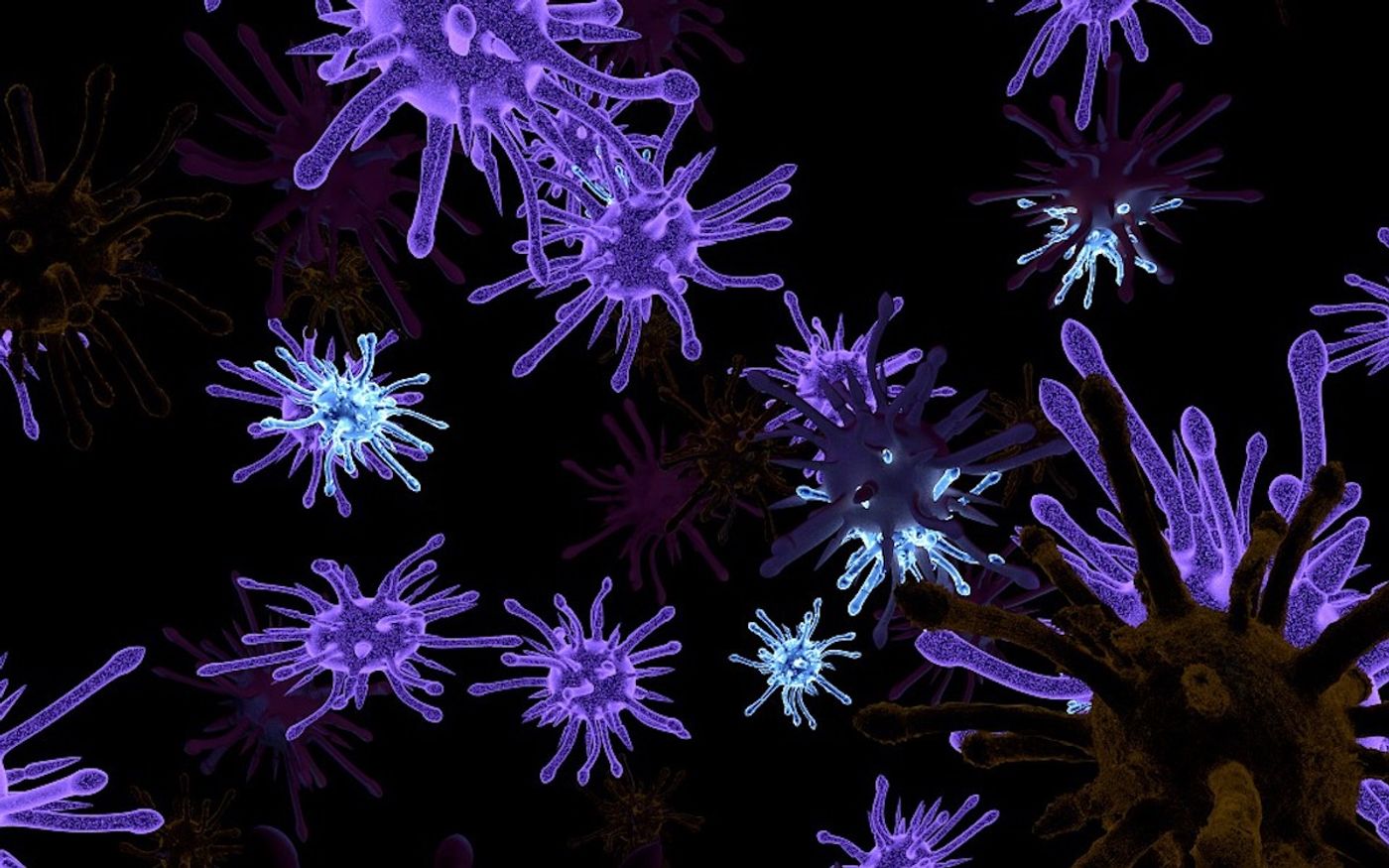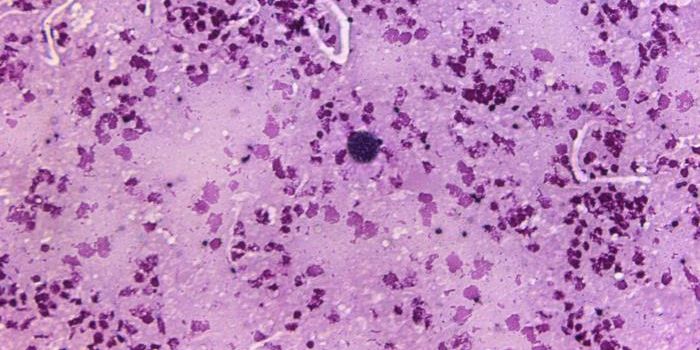A New Human Virus is Identified
No one knows exactly how many viruses there are on our planet. We know of about 220 that infect people, but it’s been estimated that there are about 320,000 viruses that can infect mammals that are awaiting discovery. That usually only happens when a new illness appears; clinicians have to recognize it, and researchers have to characterize it. That was the case with HIV in the 1980s, which took several years to identify conclusively. By the time SARS was discovered in 2003, technologies had improved. Now researchers can analyze genetic material from viruses in human samples with faster and more powerful techniques.
The viruses that are associated with an organism, the virome, may not all cause illness. Finding the ones that do can still pose challenges because there is no reference viral genome with which to compare a new viral sequence. Scientists at the Perelman School of Medicine at the University of Pennsylvania have overcome those difficulties to report a new viral family called Redondoviridae in Cell Host & Microbe. The discovery is discussed in the video.
"New sequencing techniques have helped us uncover a world of new viruses," said the co-senior author of the study and Microbiology Department chair Frederic D. Bushman, Ph.D. "However, the majority of the sequence data we have so far remains unclassified, leaving us much work to do in order to better understand the human virome and how these new species may be associated with illness."
For this work, the researchers sequenced the DNA and RNA - all of the genetic material in viral particles floating in human lung samples. They compared their findings with known viral sequences in publicly available databases and identified short spans with sequences that were similar to a virus found in domesticated pig feces. The DNA sequences were recognized for their similarity to viral proteins.
They went on to sequence the entire genomes in the sample, including the new human virus. Next, they looked for it in DNA sequencing data in 7,000 databases. That led them to complete seventeen redondovirus genomes, and even more that were partial sequences. This search showed that redondovirus is connected to periodontitis - gum disease.
It is the second most common DNA-based virus affecting the mouth, and the lungs, where it is linked to severe illness. Redondovirus was often present in the lungs of intensive care unit patients, the researchers found.
"Overall, we are asking whether we can we take unknown DNA sequences and make sense of it by identifying new viruses from the whole universe of sequences in the human virome," said co-senior author Ronald G. Collman, MD, a professor of Pulmonary, Allergy and Critical Care.
Now the researchers want to grow redondovirus in the lab so they can learn more about its biology and how it’s related to disease. This future work can help show whether it is causing illness or is just correlated with it. If it is causative, it will open up a new avenue to explore for diagnostics and treatment strategies of lung and dental disorders.
Sources: Phys.org via Perelman School of Medicine at the University of Pennsylvania, Cell Host & Microbe










